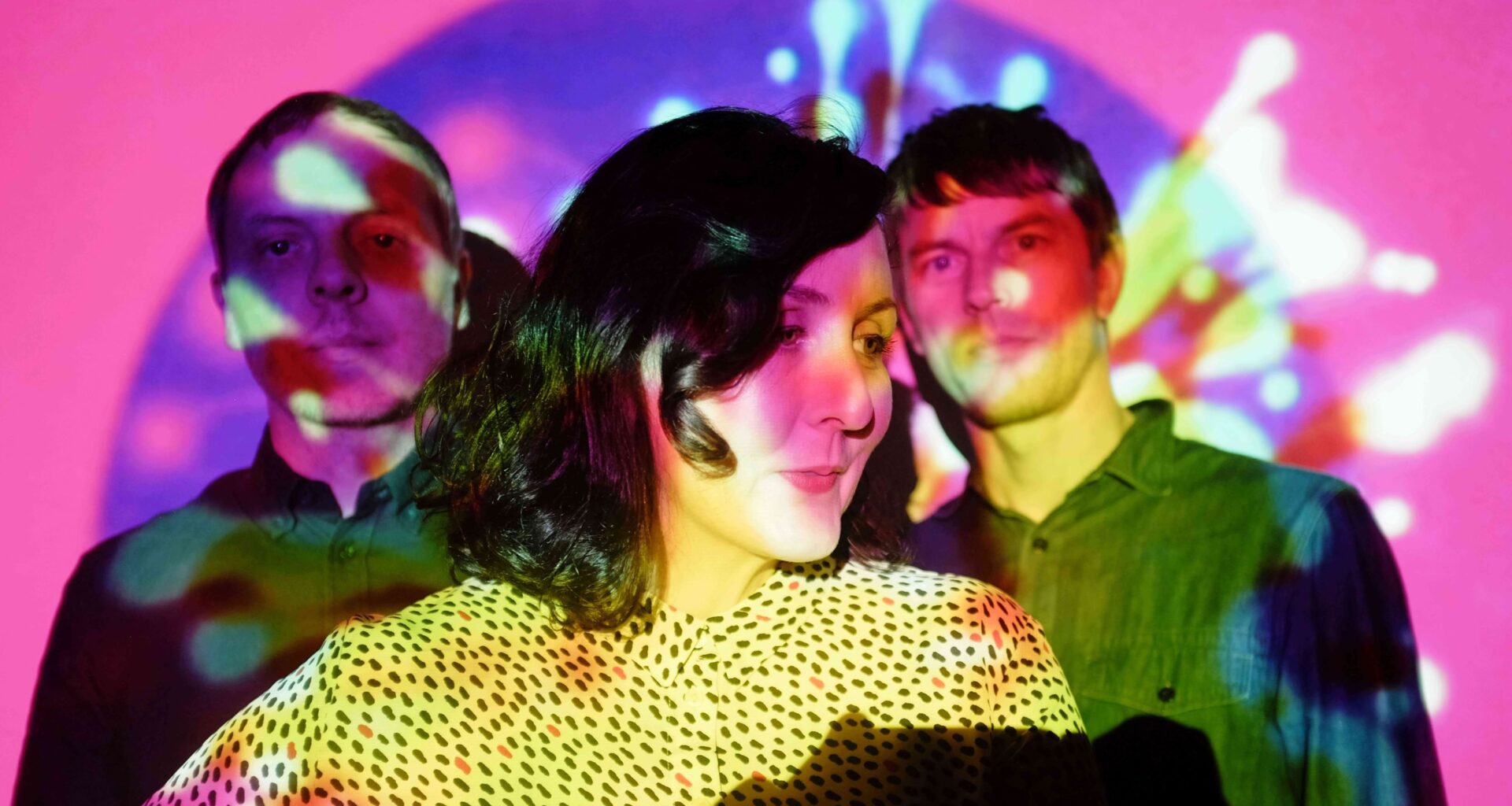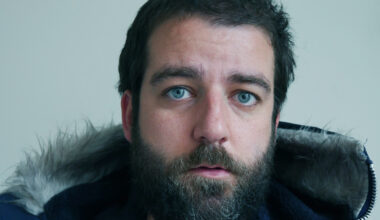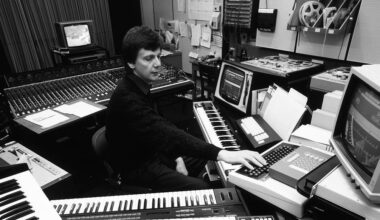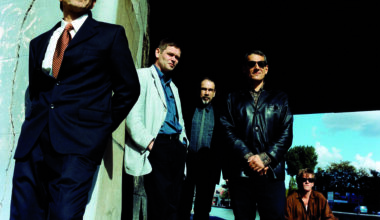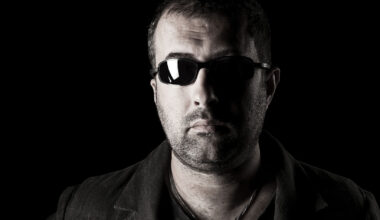Reinvigorated after a difficult few years in the wilderness, Swedish trio Death and Vanilla are back with a new album, a more focused pop sensibility, and a renewed sense of optimism
Want to read more?
Sign up to Electronic Sound Premium to gain access to every post, video, special offers, and more. 100%, all you can eat, no commitment, cancel any time.
Already a premium member? Log in here
